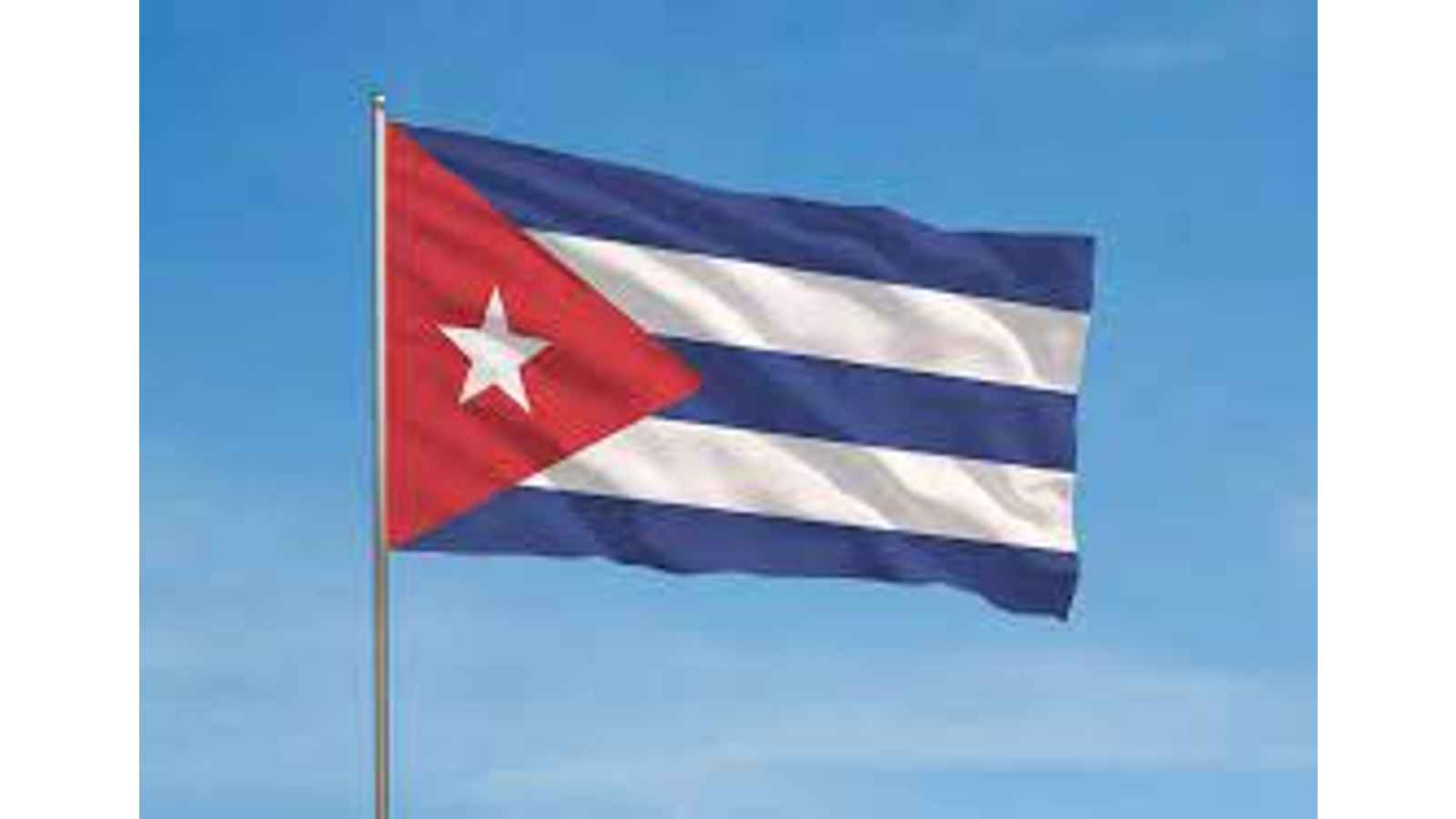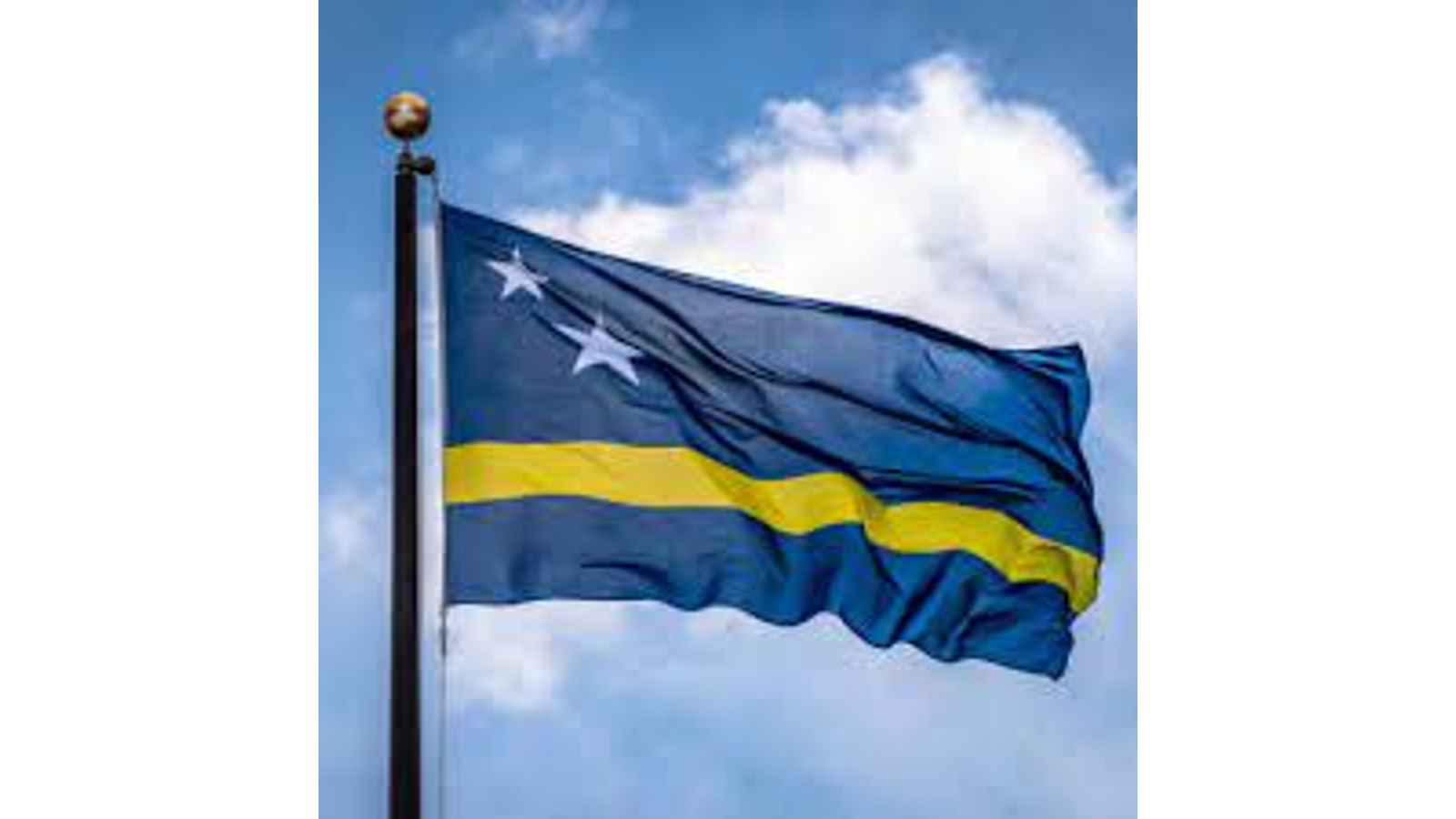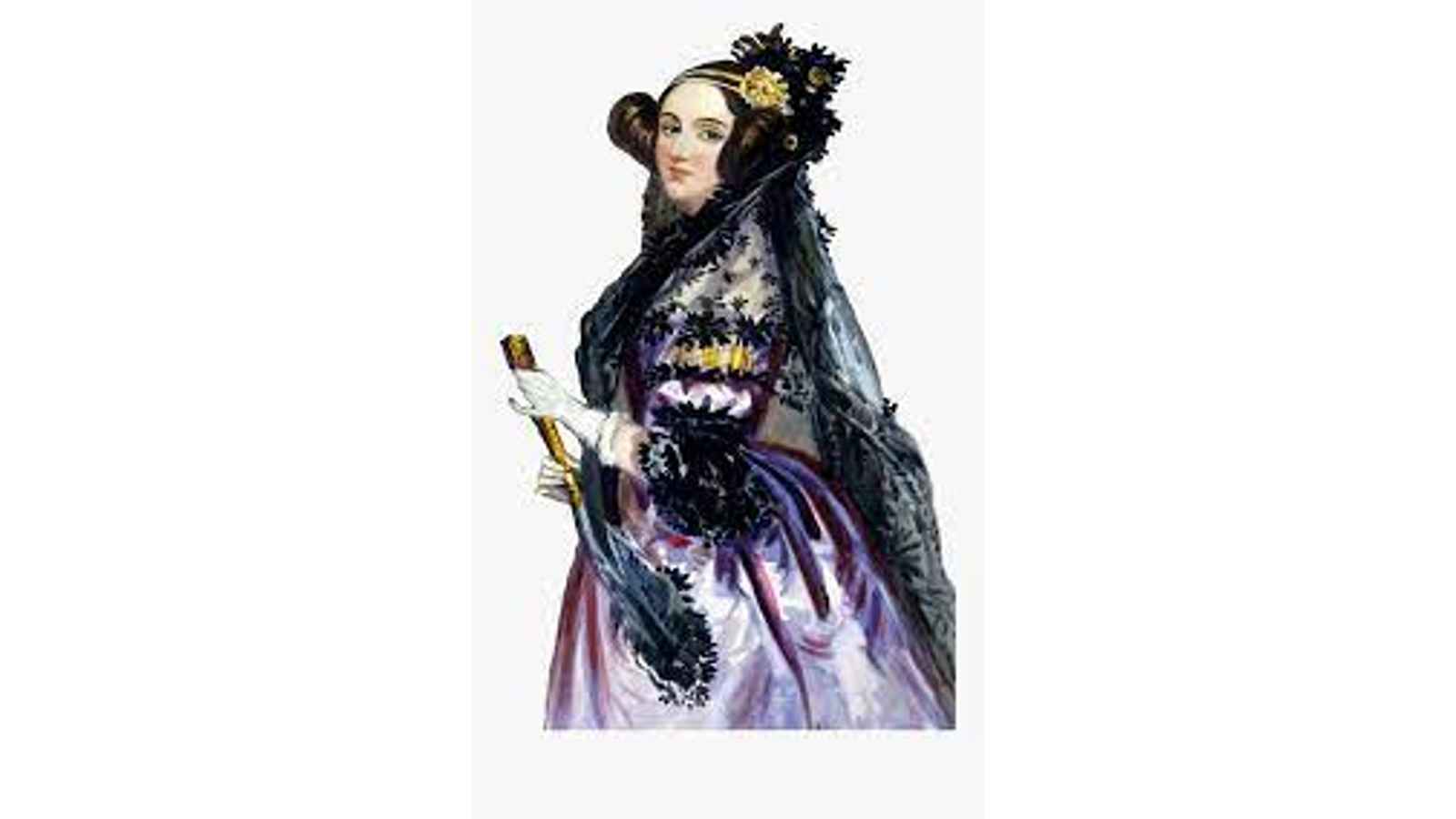Cuba observes Independence Day as a national holiday on October 10 each year. The nation’s pursuit of independence has been protracted and challenging. Cuba observes ‘Dia de la Independencia,’ which is also translated as the Anniversary of the Commencement of the War of Independence, to commemorate the 1868 Cuban independence war against Spain. A series of rebellions during the Spanish-American War, led by the failure of Dominican General Máximo Gómez to overthrow Spanish power and the deaths of hundreds of thousands of Cubans, put an end to the Cuban Revolution. The Spanish departed from the island in 1898, and independence was formally declared in 1902, following a three and a half-year U.S. military occupation.
The background of Cuba Independence Day
Towards the end of the Peninsular Wars in Europe at the turn of the 19th century, Joseph, the sibling of Napoleon, ascended to the throne. Numerous independence movements emerged in Spanish colonies throughout South and Central America subsequent to their sense of betrayal by the new regime.
Throughout the course of the century, Cuba’s allegiance to Spain gave way to a growing desire for independence and an increasing contempt for the authoritarian and corrupt Spanish regime. The wealthy proprietor of a sugar mill, Carlos Manuel de Céspedes, and his associates proclaimed independence on October 10, 1868. The Grito de Yara, also known as Yara’s Cry, was an early warning of the Ten Years’ War. Despite concluding in May 1878 with a surrender to the Spanish, the initial war for freedom played a crucial role in Cuba’s protracted struggle for independence from Spain, which was ultimately successful in December 1898.
The October 1868 events laid the foundation for the abolition of slavery in Cuba in 1886. A sequence of insurrections spearheaded by Dominican General Máximo Gómez between 1868 and 1898 decimated the Spanish empire and claimed the lives of hundreds of thousands of Cubans. In contrast, the Spanish–American War concluded with the Spanish withdrawal from the island in 1898. Following a period of 35 months of military occupation by the United States, Cuba achieved official independence in 1902.
Cuba declared independence and elected President Tomás Estrada Palma in 1902, despite the fact that the Platt Amendment leased Guantánamo Bay to the United States. Prior to 1925, when the United States formally recognized Cuban sovereignty over the island, the Isle of Pines lacked clarity as Cuban territory. When Estrada Palma, a frugal individual, attempted to extend his reign beyond four years, he was confronted with a revolution.
Cuba was “a colony in all but name” due to the United States’ sustained military presence and economic dominance, according to one historian, despite the country’s apparent independence.
Local Government Day 2023: Date, History, Facts about Philippines
Maroons Day 2023: Date, History, Facts, Activities
National Cake Decorating Day 2023: Date, History, Facts, Activities
5 Facts Regarding Cuba
Although the area of Cuba’s main island is less than 40,000 square miles, which is roughly half the size of the United Kingdom, it is the most expansive in the Caribbean.
Cuba boasts an extensive coastline, supporting an estimated 250 beaches and 200 harbors.
It is widely recognized that baseball originated in Cuba during the 1860s.
The primary tobacco product is the Cuban cigar, which is an essential export due to its reputation as the gold standard of cigars around the world.
Cuba possesses one of the greatest rates of literacy globally, at 99.8%.
CUBA INDEPENDENCE DAY DATES
| Year | Date | Day |
|---|---|---|
| 2023 | October 10 | Tuesday |
| 2024 | October 10 | Thursday |
| 2025 | October 10 | Friday |
| 2026 | October 10 | Saturday |
| 2027 | October 10 | Sunday |



